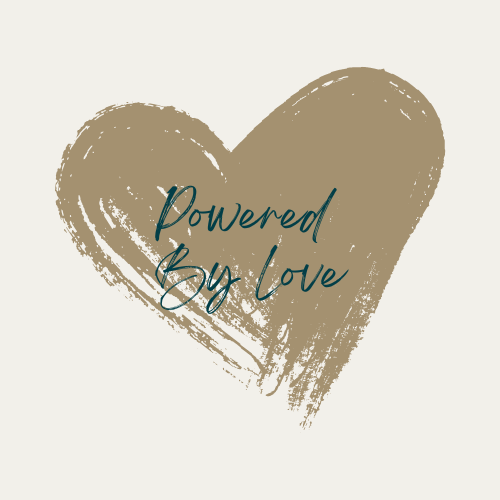Trigger Warning: Medical Trauma
Monday was the International Day for Persons with Disabilities and as a result I am spending this week delving into the often-neglected topic of Medical Trauma. Monday we discussed what medical trauma is, Tuesday I shared some of my own story of medical trauma, and yesterday I began to look at how we can prevent, protect and heal from medical trauma by looking at prevention through the topic of advocacy.
But what happens when we can’t prevent the procedures and experiences that we know might be potentially traumatic? When individuals and caregivers deal with lifelong disabilities or chronic illnesses, some portion of our lives is spent doing really hard things. Sometimes we get so ‘used’ to these things that we start to think of them as ‘normal’. But no matter who you are, we each have a threshold over which we start to feel like it’s all too much. Today I want to look at protection during potentially traumatic procedures and experiences that can’t be avoided, and I want to look at protection through the avenue of support.
Support for the Individual
I have been fortunate enough to experience really positive times in the hospital and stuck at home because of my disabilities as well as the really challenging times I shared earlier this week, and I can honestly say that support is the most significant difference between these experiences.
Support for the individual going through the experience or procedure comes in many forms. Cards, texts and visits can go a long way to making people feel supported. Support can also come in the form of favourite blankets, stuffed animals, music or clothes or other special items from home. Some individuals even have the opportunity to rely on a service animal for support, and having access to these animals for as much of their therapy and treatment process can make an enormous difference.
But for most folks having one or two key support people who they can depend on reliably and continuously through the hardest moments – whose shoulders they can cry on, and who they can share their fears with – is critical to feeling supported. This kind of support – whether the person is verbal or non-verbal – is vital to protecting folks from experiencing medical trauma as a result of the procedures and experiences they need to go through on a regular basis.
Support for Families and Caregivers
To be able to consistently offer this kind of support for individuals with disabilities, their caregivers and families need good community support to come around them, especially during the hardest times in their journey. This might mean providing gift cards for Skip the Dishes or Uber Eats, showing up at the house to clean or bringing over a homemade meal, offering rides or other care for other family members or spelling family members off at the hospital to give them time for self-care. All of these types of supports can increase the amount and quality of time that caregivers have available to devote to the person in hospital, undergoing treatment or doing therapy.
Supports in our Broader Community
While all those supports will go a long way, supporting folks with disabilities can’t end with the Meal Train or a well-timed bunch of flowers. To protect adequately against medical trauma, we also need to extend that support into the broader community level.
Individuals with disabilities and their caregivers can spend enormous amounts of time and energy seeking the financial resources they need to get the basic equipment, therapy and services necessary for the basics of daily life. Without this equipment hospital stays may be extended, visit frequency may go up, and isolation may increase. Other issues that can contribute to these challenges include lack of accessibility in the community, lack of affordable and accessible housing options, barriers to transportation and lack of opportunities to participate in community activities.
I understand that there are costs associated with all of these things: this equipment can be incredibly expensive because it is highly specialized; accessibility measures cost money to retrofit; and in our spread out communities specialized transportation can carry a high price tag. I also understand that we collectively balk at these price tags and put checks and balances into the system to make sure the resources we have to cover these costs aren’t wasted. However I believe that the risks of not providing adequate supports for individuals to meet their basic needs for daily life at home and in the community need to also be considered. Delays in proper equipments, services and therapies can spell significant increased costs down the road. If we want to protect against medical trauma, we need to provide all of the supports necessary in our broader community for persons with disabilities to live full, active lives.
Support Creates Protection
There are so many things in life that we simply cannot prevent. And in the life of a person with a disability this may include daily regimes of shots, medications or therapies; frequent trips to medical appointments; regular hospitalizations or times of illness; and of course the dread of surgery. Where advocacy seeks to prevent these things whenever possible, support accepts that when they cannot be prevented, that support can create a ring of emotional protection around the individual, their caregiver and their family that can help to prevent medical trauma from taking place in the face of these challenging experiences.


Leave a comment